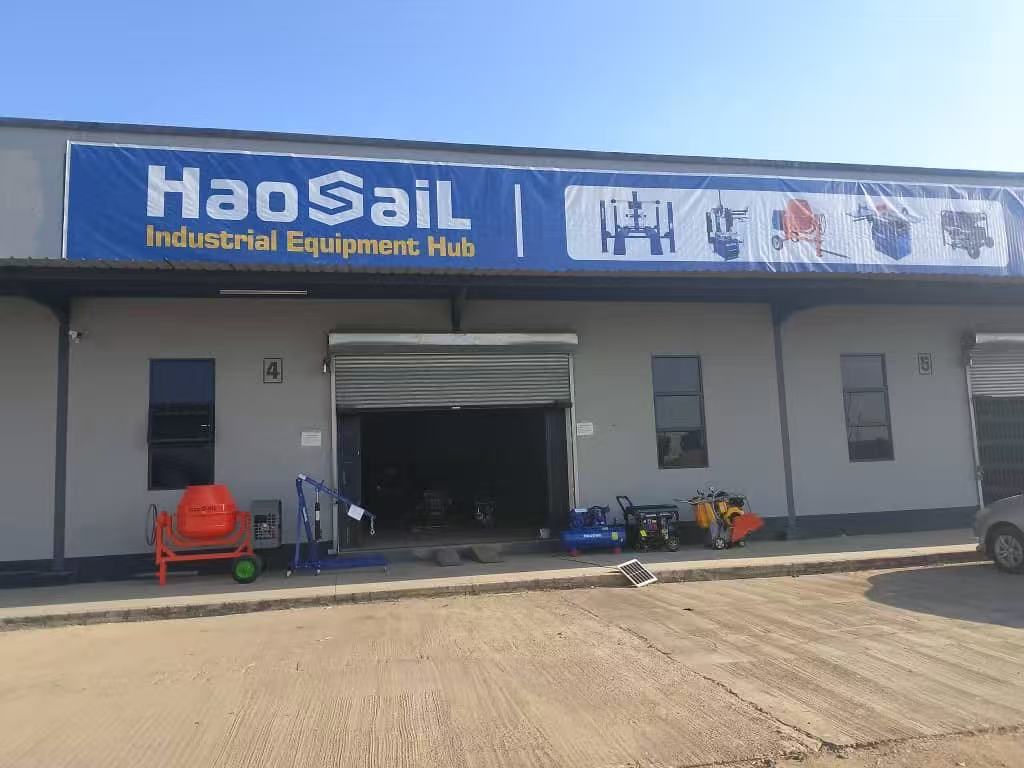
Aug 27, 2025
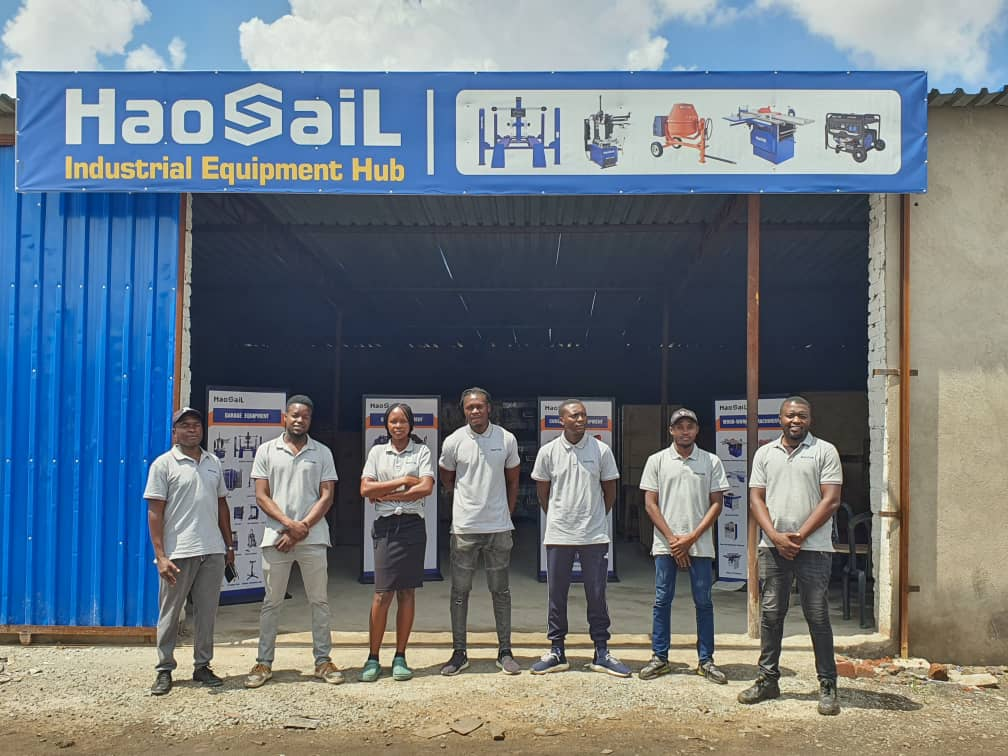
Aug 12, 2025
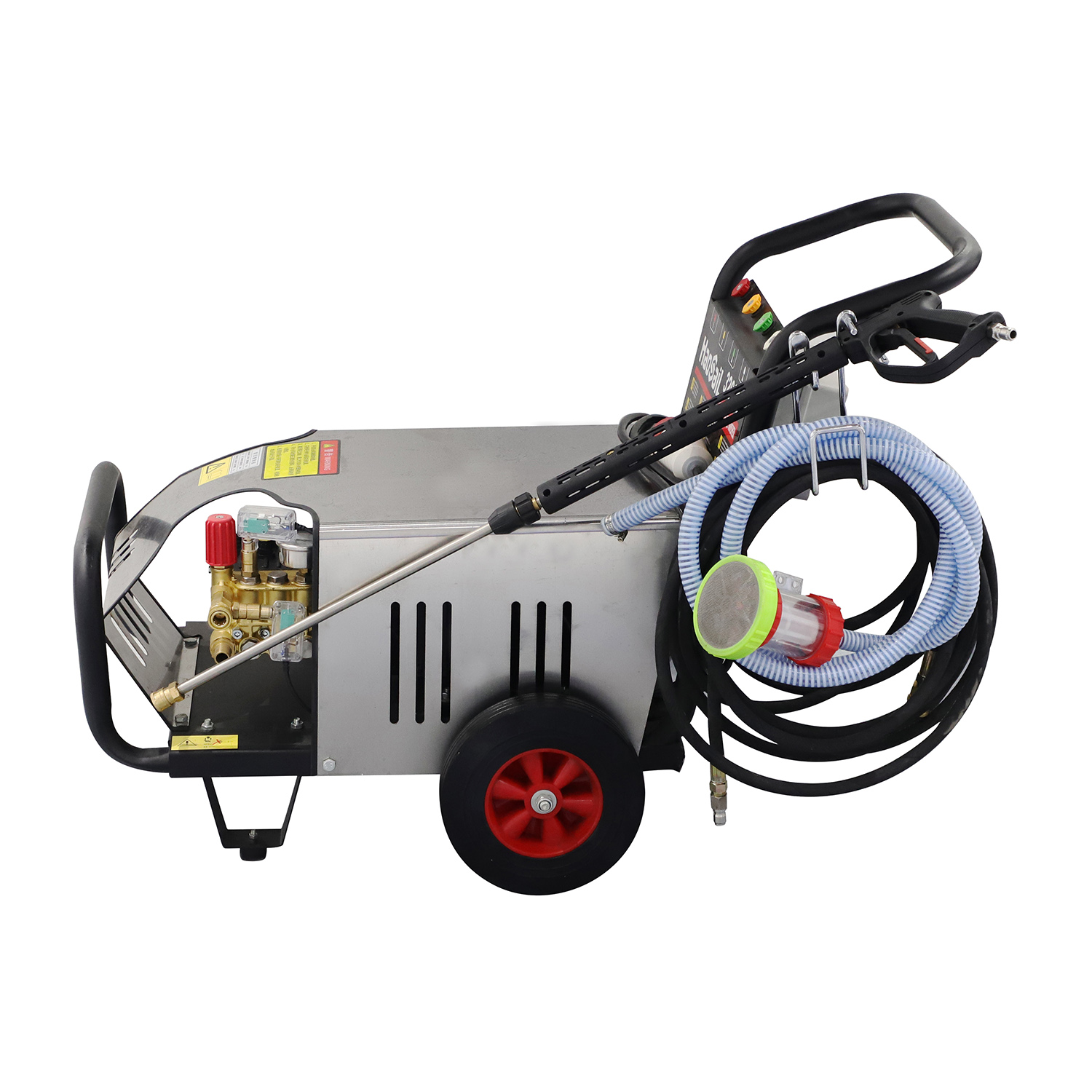
Jun 04, 2025
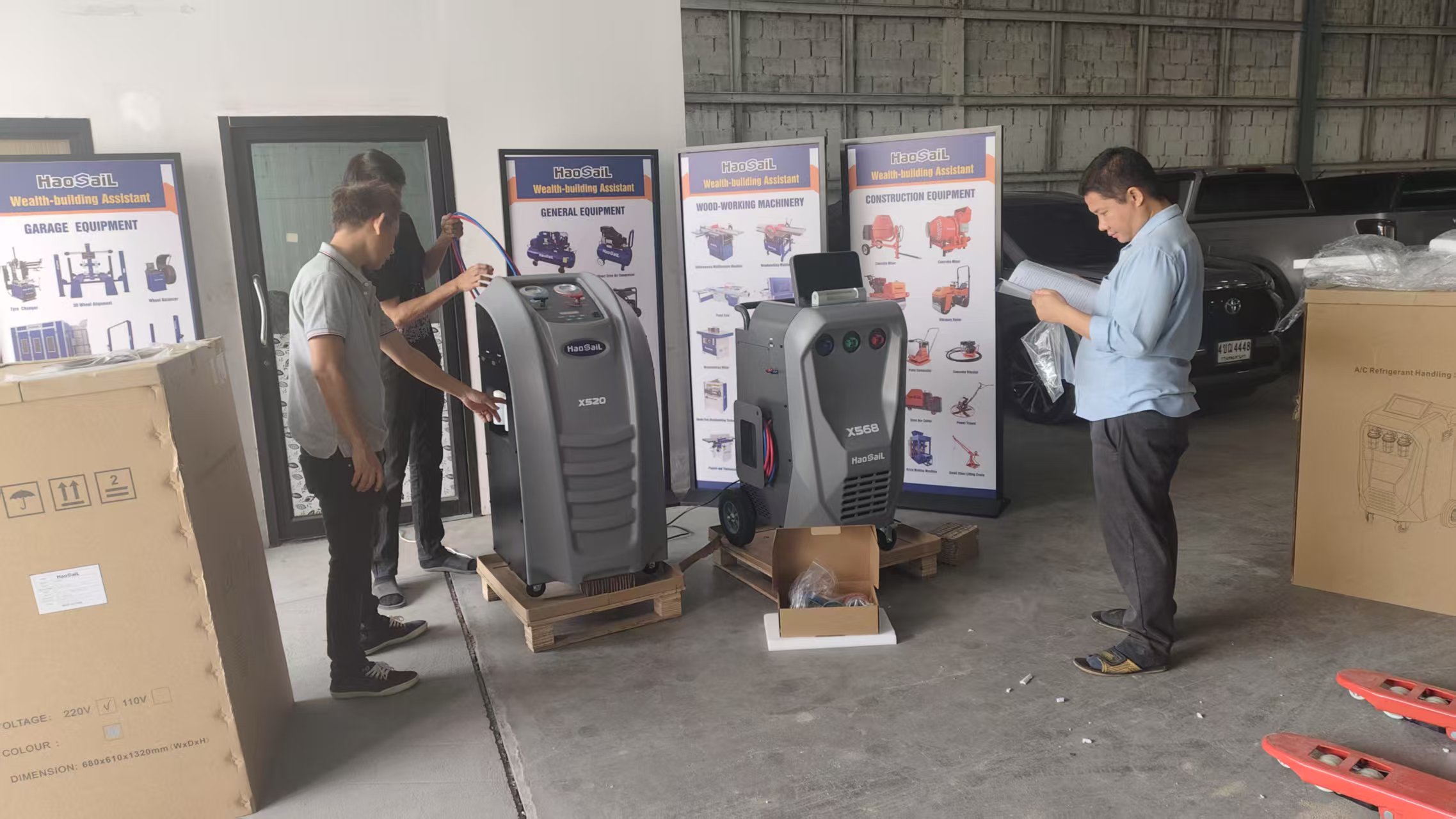
May 30, 2025
B4, Qingdao High-Tech Zone, No. 17 Songyuan Road, Qingdao.
+86 13864822549
The development history of air compressors is rich and continuously evolving, and the following is a detailed introduction:
1. **Early Development (17th century - early 19th century)**: In 1640, Germany manufactured a mechanical vacuum pump, which can be regarded as the embryonic form of modern air compressors. Its emergence laid the foundation for the subsequent development of air compressors and initiated the journey of people's exploration of gas compression technology. Around 1800, the United Kingdom manufactured the first single-stage reciprocating air compressor with an exhaust pressure reaching 1.38 MPa (gauge pressure), marking the transition of air compressors from a concept to practical application. It had a certain compression capacity, meeting the demand for compressed air in some simple industrial productions at that time. In 1829, the United Kingdom designed the first two-stage reciprocating air compressor with intermediate cooling. The application of intermediate cooling technology improved the compression efficiency, reduced the energy consumption during the compression process, significantly enhanced the performance of air compressors, and provided a more stable and efficient compressed air supply for industrial production.
2. **Development in the 19th century (1878 - 1888)**: In 1878, the Burkhardt Machinery Factory in Switzerland manufactured the first air compressor with a control slide valve for gas distribution. The application of the control slide valve enabled more precise gas distribution and improved the operation stability and reliability of the air compressor. In the same year, H. Kriharz in Germany proposed the concept of an air compressor without internal compression, which later became the embryonic form of the screw air compressor. The proposal of this concept opened up a new direction for the development of air compressors. Screw air compressors, with their unique working principles and advantages, gradually occupied an important position in the market. In 1888, the compressed air station of the Paris wind system already had 14 reciprocating air compressors with a total power of 1500 kW, demonstrating the extensive application and importance of air compressors in industrial production at that time. The large-scale compressed air station provided powerful power support for industrial production.
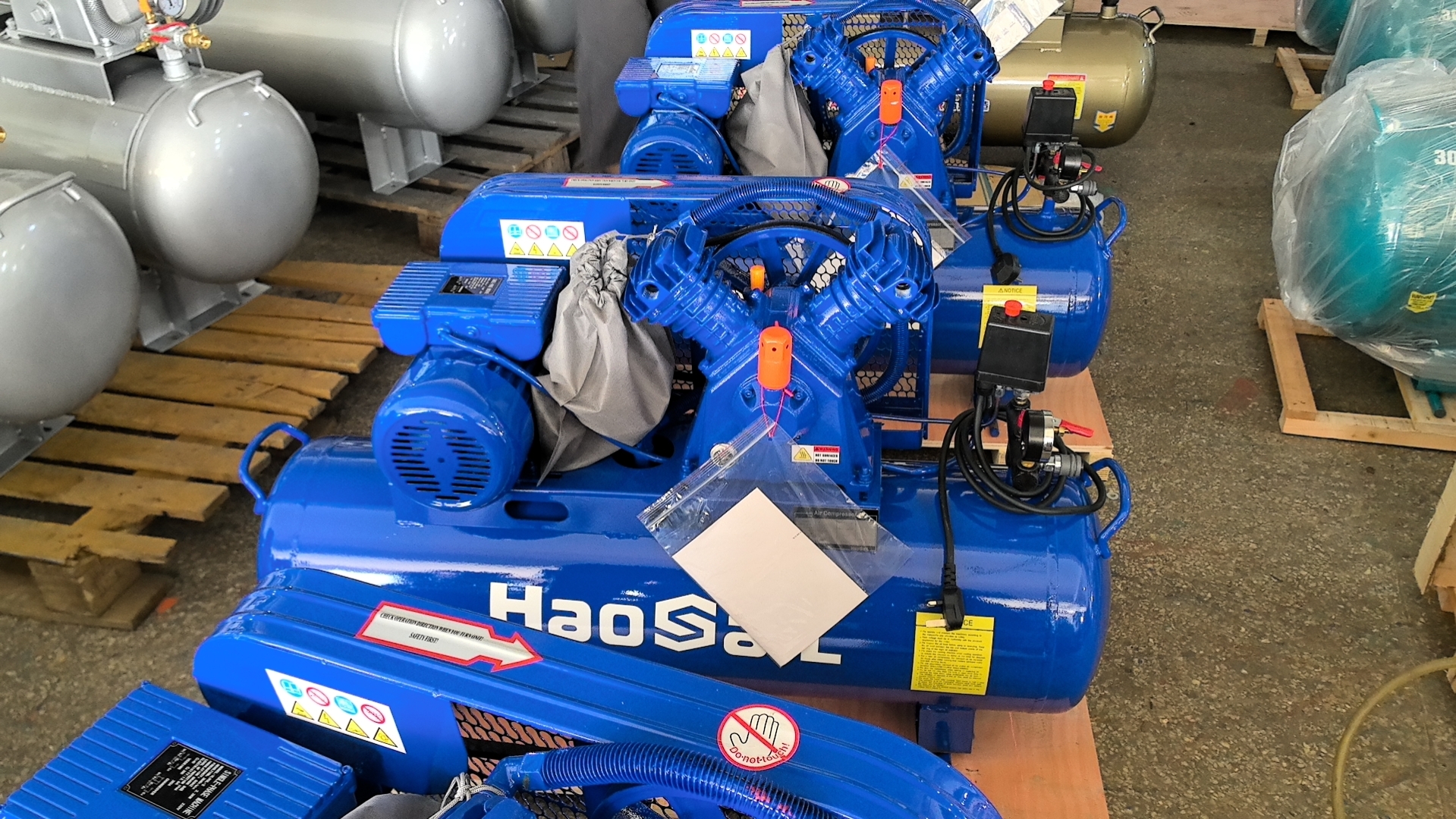
3. **Early to Mid-20th Century (1902 - 1934)**: In 1902, the Ingersoll-Rand Company in the United States manufactured the first mobile reciprocating air compressor, improving the flexibility and applicability of air compressors, enabling them to be quickly deployed in different workplaces and meeting the demand for compressed air in some special occasions. In 1904, Atlas in Sweden developed the first piston air compressor. Piston air compressors, with their simple structure and reliable operation, were widely used in the industrial field at that time. In 1931, the Worthington Company in the United States manufactured the first opposed air compressor, which later developed into the current BDC symmetrically balanced air and gas compressor series. The opposed structure reduced the vibration and noise of the machine, improved the operation stability and efficiency, and brought new technological breakthroughs to the development of air compressors. In 1934, the KSB Company in Germany manufactured a reciprocating cylinder oil-free lubrication air compressor. The application of oil-free lubrication technology solved the problem of compressed air being contaminated by oil and met the requirements of some industries with high air quality requirements, such as the food and pharmaceutical industries.
4. **Development of Screw Air Compressors (1934 - 1957)**: In 1934, Professor Alf Lysholm from the Royal Institute of Technology in Sweden designed the screw air compressor and its rotor tooth profile, marking the beginning of the production and application of screw air compressors. Screw air compressors have the advantages of small size, low noise, high efficiency, and convenient maintenance, gradually becoming the mainstream products in the air compressor market. In 1957, the oil-injected screw air compressor came out, improving the disadvantages of previous screw air compressors, such as increasing the compression efficiency, reducing the noise, and extending the service life, making screw air compressors more widely applied.
5. **Development of Single-Screw Compressors (1960 - late 20th century)**: In 1960, B. Zimmern in France proposed the concept of a single-screw compressor and obtained a patent. Single-screw compressors have the advantages of simple structure, small size, high efficiency, and low noise, providing a new option for the development of air compressors. In 1962, the first prototype was tested, marking the transition of single-screw compressors from concept to practical application. By the end of the 1970s, countries such as the Netherlands, the United Kingdom, and Japan had developed single-screw compressors for refrigeration and air conditioning, which were available in open and semi-closed forms, further expanding the application field of single-screw compressors.
6. **Modern Development (since the 21st century)**: Entering the 21st century, new technologies for screw air compressors have emerged continuously, the machining accuracy has been improved, and the auxiliary equipment has become more precise. For example, advanced numerical control machining technology has been adopted to improve the machining accuracy of the rotor, and intelligent control systems have been used to achieve the automatic operation and remote monitoring of air compressors, improving the performance and reliability of air compressors. Its performance has been widely recognized, and the scope of use has been continuously expanding. It is not only widely used in the industrial field but also plays an important role in some emerging fields, such as the new energy vehicle and electronic manufacturing industries. Air compressors have gradually developed from simple mechanical devices at the beginning into modern efficient, energy-saving, and intelligent equipment. Their technology has been continuously innovated, and their application fields have been continuously expanded, making important contributions to the development of human society.